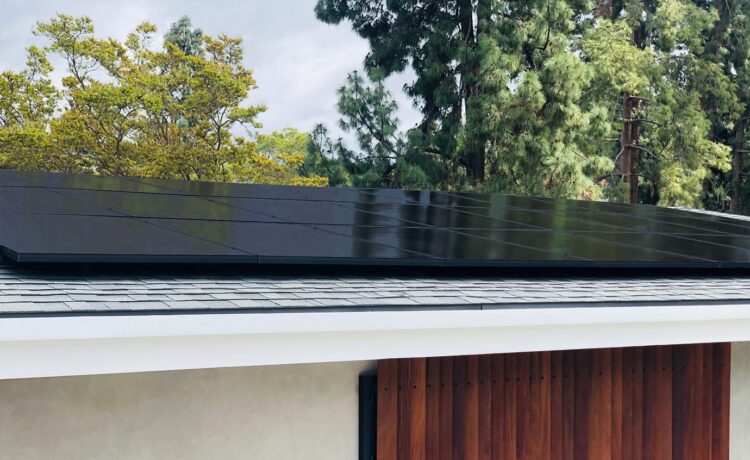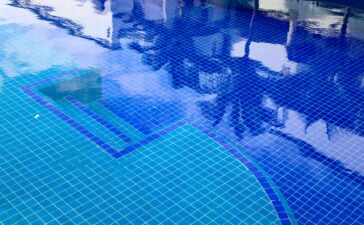MicroSolar Energy is a Melbourne based company specialised in premium quality solar mounting rack systems since 2009. Their EzQuick range frame is one of the very first Australian designed system specifically for solar panel mounting. It is one of the few brands that are engineered to meet Australian Standards.
Product advantages
- Fully engineering designed and certified in Australia. Can withstand extreme windy weather outlined in AS1170.2
- Unique ‘60mm’ deep rail cross section allow for the most optimal structural performance.
- The Rails can span as much as 2m on tile roof with tile hook.
- The only brand uses Stainless steel nuts & T-bolts for the structural connections. Their T-bolt is specially designed for stronger connection, faster installation process and galling resisting.
- Integrated/pre-attached earthing chip to expedite the installation process.
- Anodised finishing to mitigate corrosion, especially in corrosive environment. (Note: surface treatment is outlined as a requirement by Australian Solar Council)
What to look for when choosing roof top solar panel racking system
- Product credentials: third party engineering and certifications by suitable engineering profession.
Solar panel supporting system is a crucial structural component which not only is required to support the weight of the PV panels, but to withstand the more complicated wind load. It is not rare to see inadequate PV panel mounting frames blown away by moderate wind, endangering the safety of the public. Therefore, third party engineering verification of the racking systems is essential before they are supply and installed.
For any solar panel system to be qualified for use in Australia, it is important to have an engineering calculation and certification by a third-party engineer. Also, product would need to be tested in NATA accredited laboratory. Installers should always check these with the suppliers for the engineering credentials.
It is important for both installers and customers to use a qualified mounting system which will provide structural adequacy of the supporting frame and safety to the public.
- Rail section: the deeper, the stronger
A rule of thumb based on engineering first principle – the rails with deeper sections are more rigid and effective than the shallower ones.
In the current supplier market, rail section depth varies from 40mm to 60mm. Although many of the shallower rail sections (under 60mm) claimed to be engineering certified, their do not have same structural effectiveness.
Rails with deeper sections not only provide stronger frames, but also savings on materials and labour costs. It allows larger span and requires less brackets installation; thus tile and steel corrugated roof would require less penetration which minimises the risk of causing leakage issue.
- Connection and fasteners: watch out for the aluminium nuts
One of the issues is the compatibility between different metals. Aluminium nuts and steel fasteners can have bi-metallic corrosion if not treated correctly right. This is especially the case for outdoor fastening connections, where heavy stress and moisture are both applied. In some circumstances, corrosion can lead to brittle failure in the connection and cause the whole PV panel to collapse catastrophically.
A questionable connection commonly seen is that using steel/galvanized steel bolts tightened onto aluminium nuts. These are a common practice for suppliers’ fabrication costs reduction and provide a temporary setup. However, it’s longevity in outdoor environment remains largely unverified. In any Australian construction standards, there is no reference or example for such combination (steel/galvanised steel bolts and aluminium nuts) to be used.
A recommended practice is to use stainless steel 304 fasteners instead. Although stainless steel is more expensive and is prone to galling effect, but it is commonly regarded the best option for connecting to aluminium frame in an outdoor environment situation. Galling effect can be largely prevented with special treatments without the need of lubricating on site. (eg. EzQuick, MSS T bolt)
- Surface finishing: surface treatment? Yes!
Australian Solar Council has clearly outlined solar railing finishing as a necessity requirement. Therefore, mill finished aluminium rail (untreated aluminium rail) does not meet requirements, even if it is produced in Australia. Mill finished aluminium is prone to bi-metallic corrosion.
Aluminium is commonly known as an anti-corrosion material. However, Chlorides and Sulphides can still cause corrosion.
The most common method is anodised treatment for aluminium.





